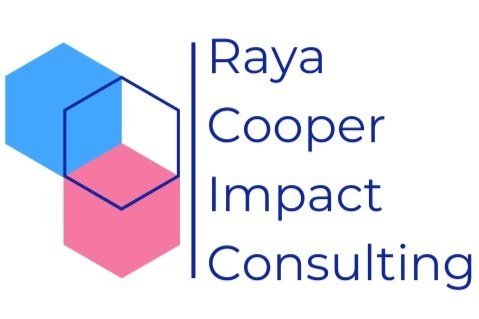Why evaluation should start the beginning, not at the end
In our last blog, we explored the different types of evaluation throughout the lifecycle of a social impact initiative. We learned that while people often associate Measurement & Evaluation (M&E) with the final “Results!” moment, there are many ways evaluation can support learning, adaptation, and effectiveness along the way.
But let’s be honest—the most commonly recognized forms of evaluation are summative evaluation and impact evaluation—the assessments that happen at the end. And we hope it tells us everything has worked out exactly as planned.
Here’s the problem…
Just because summative or impact evaluation happens at the end doesn’t mean your Evaluator or Consultant should be brought in at the last phase of the project. Too often, organizations wait until they’re ready to send out a survey before thinking about evaluation—but by then, they’ve missed valuable opportunities to set themselves up for success.
The best way to ensure a meaningful, insightful evaluation is to integrate it from the start. Here’s how:
1. Build a Strong Foundation with a Theory of Change
Your Evaluator can help draft and refine your Theory of Change (ToC)—a critical tool that outlines the logic behind your initiative. This should happen at the start and involve multiple stakeholders to ensure alignment. A well-developed Theory of Change:
Gets everyone on the same page about what you’re trying to accomplish.
Creates a clear framework for what will be assessed at the end.
Helps define the right indicators for tracking progress.
2. Develop a Deeper Understanding of the Issue
Before launching an initiative, do your homework. Your Evaluator can support this process through:
Desk research—analyzing existing data, reports, and studies to understand the landscape.
Stakeholder and community engagement—conversations that ensure your initiative is rooted in lived experience and real context.
This upfront work ensures that your program is relevant, strategic, and informed by the people it aims to serve.
3. Involve Evaluators in Program Design
Evaluators aren’t just there to measure success after the fact—they can help you design more effective programs from the very beginning by:
Identifying the mechanism of change—the key factors that drive impact.
Helping you craft ongoing KPIs to track progress along the way.
Ensuring that your data collection methods align with your goals.
By engaging your Evaluator early, you ensure that evaluation isn’t just a final report—it’s a tool for continuous learning and course correction.
4. Use Milestone Check-Ins to Stay on Track
Programs and initiatives don’t just have one big finish line—they have multiple milestones and journey points. Learning should happen throughout the program, not just at the end.
A skilled Evaluator will:
Facilitate milestone retrospectives to reflect on progress.
Help you adjust strategies based on real-time insights.
Keep the whole team aligned with the intended impact.
Evaluation = Thought Partnership
When organizations integrate evaluation from day one, they set themselves up for more than just a final impact report—they create stronger, more effective programs that adapt, evolve, and truly deliver results. Evaluators are not just number-crunchers or post-program assessors; they are thought partners who support the work every step of the way. By collaborating early and often, Evaluators help teams refine their strategies, ask the right questions, and stay focused on the outcomes that truly matter.
So next time you’re launching a social impact initiative, don’t wait until the end to bring in evaluation. Start early. Learn often. And engage your Evaluator as a partner in driving meaningful impact.


